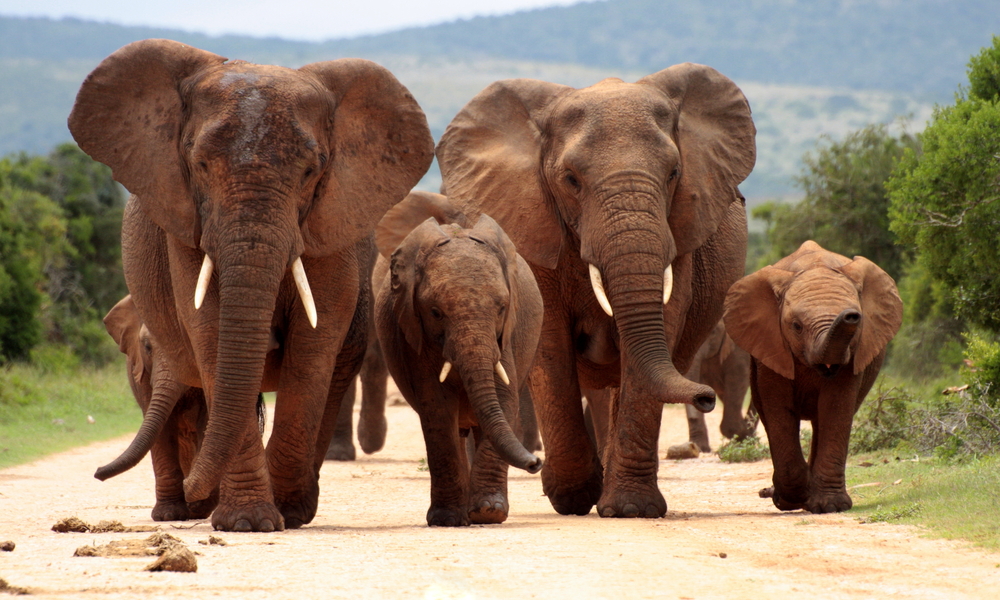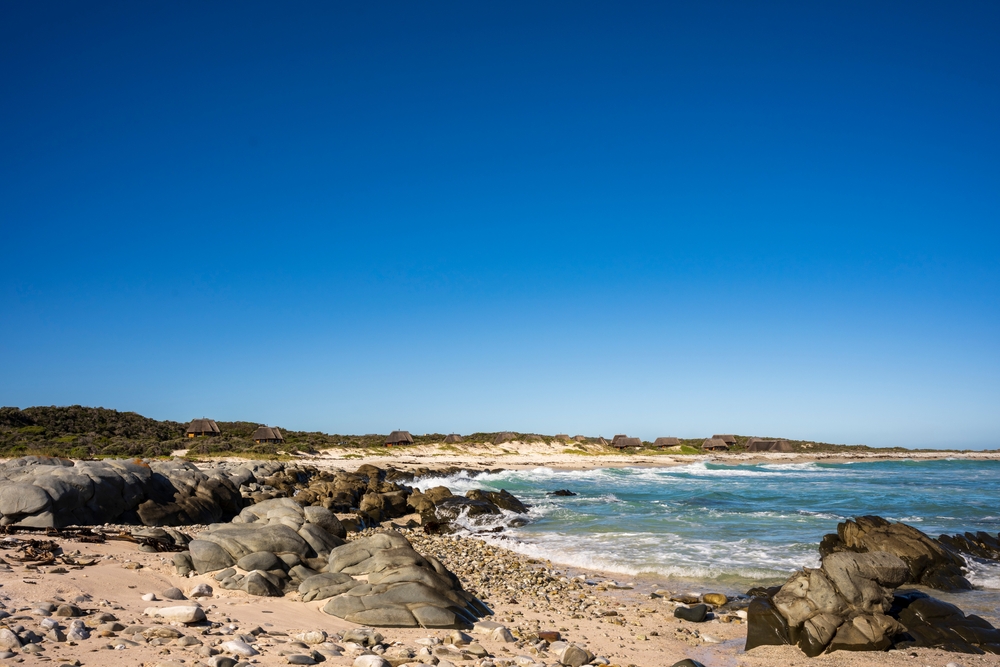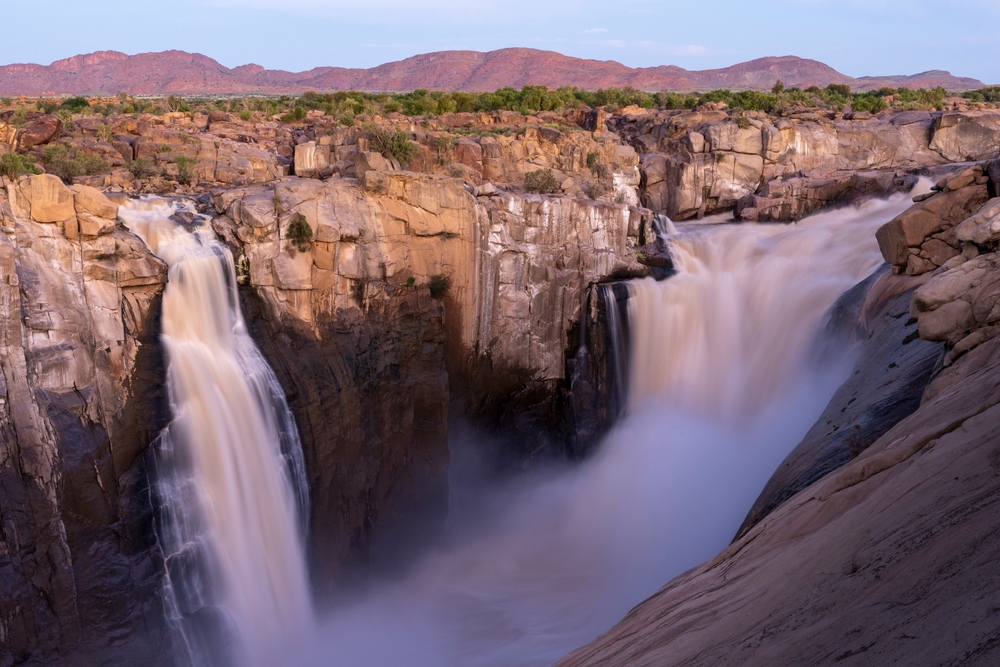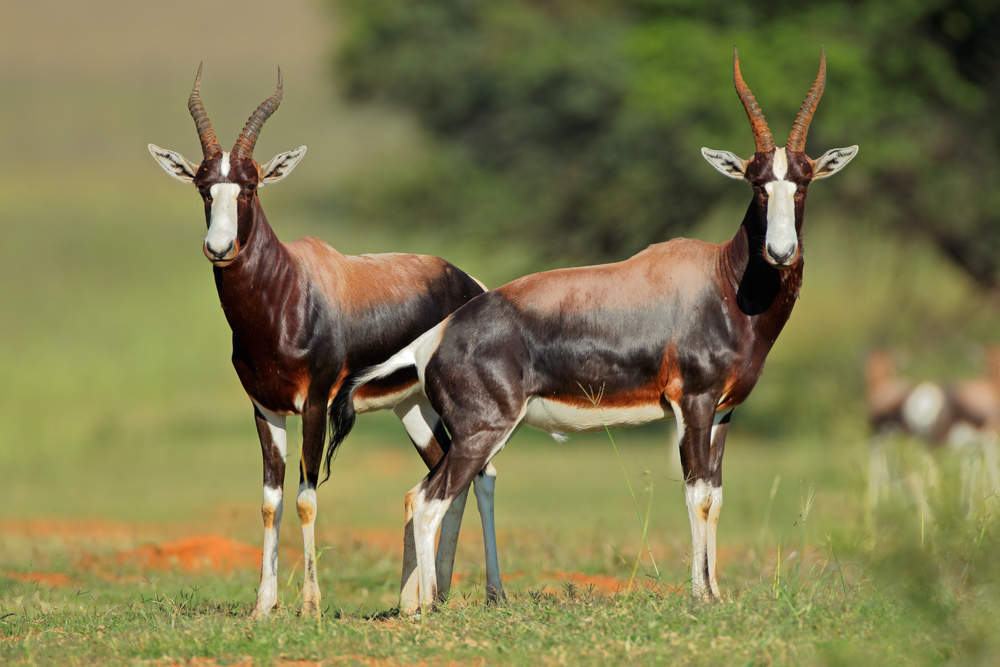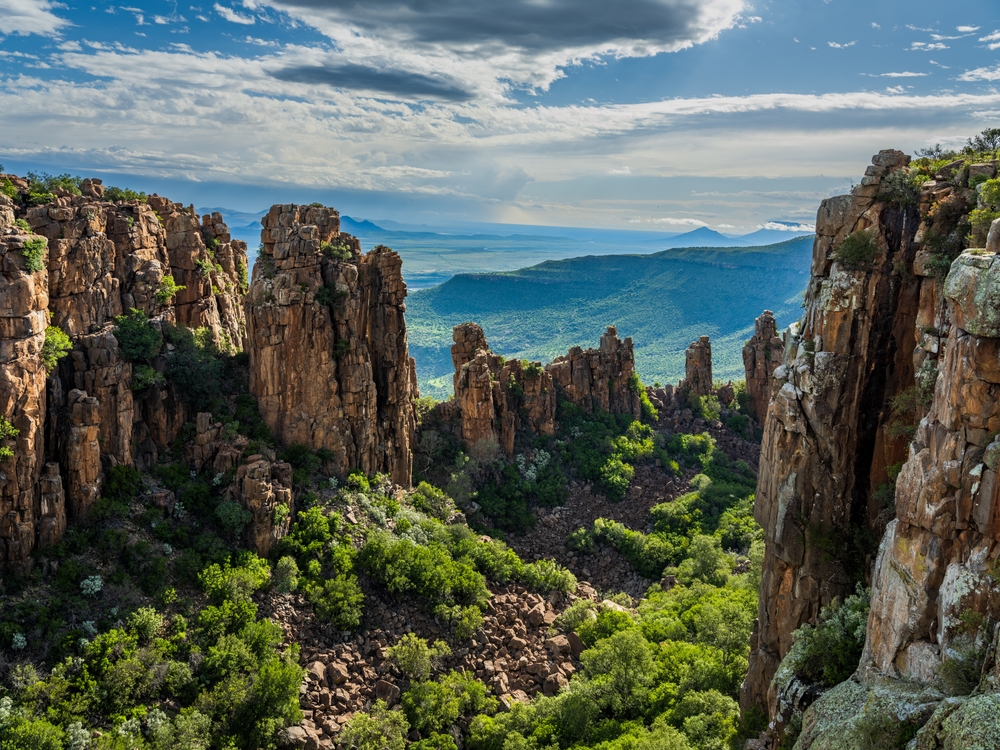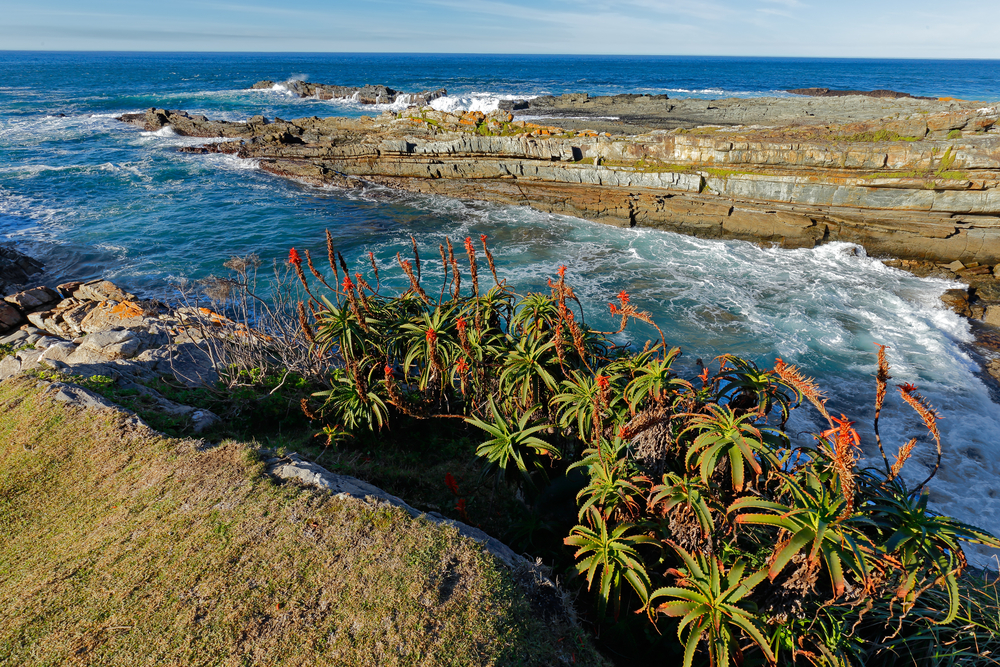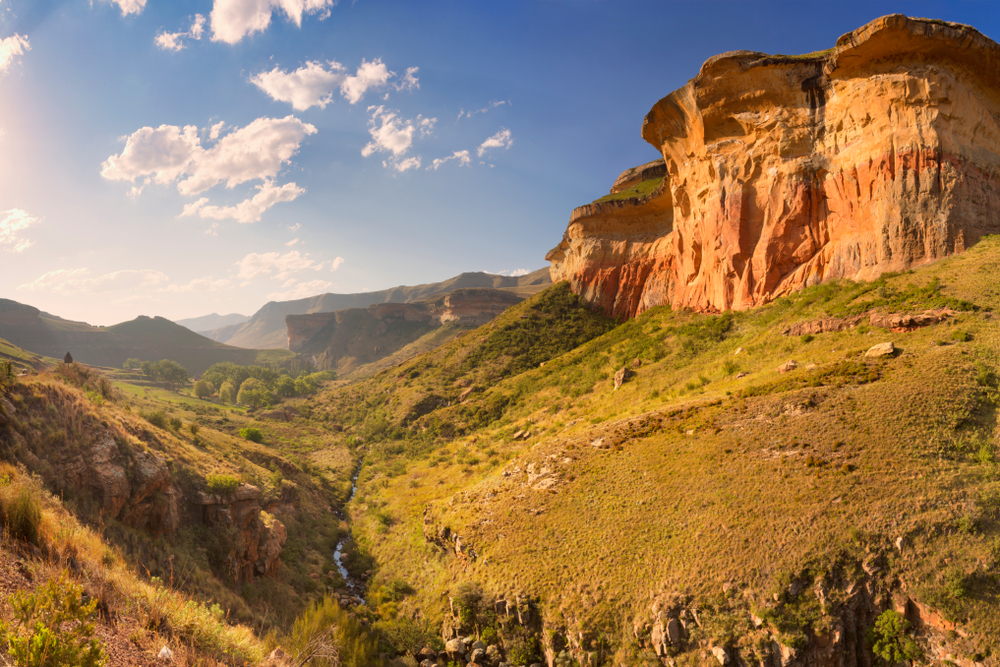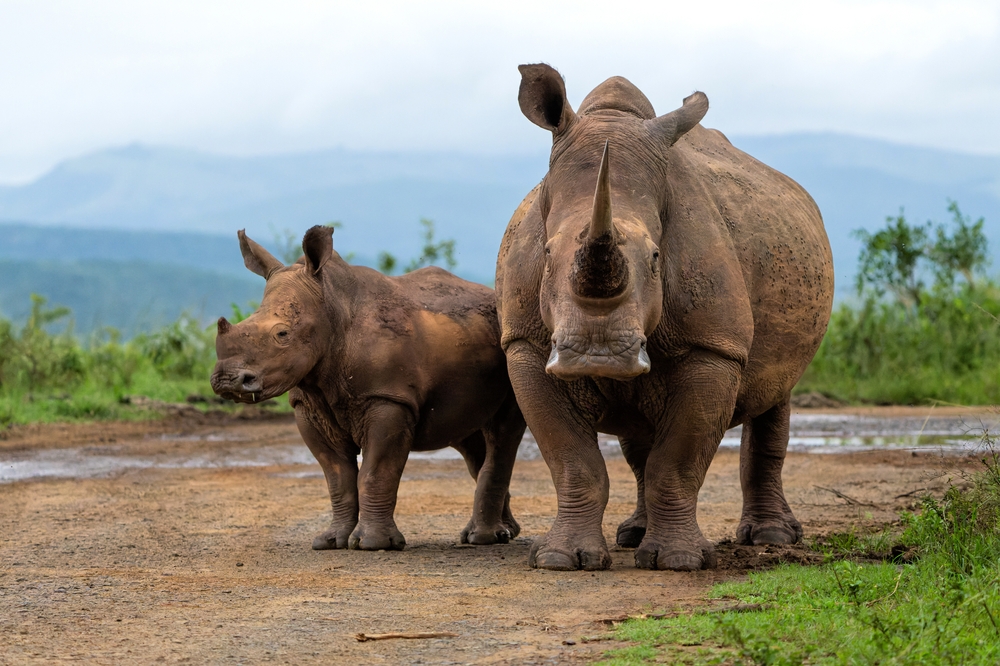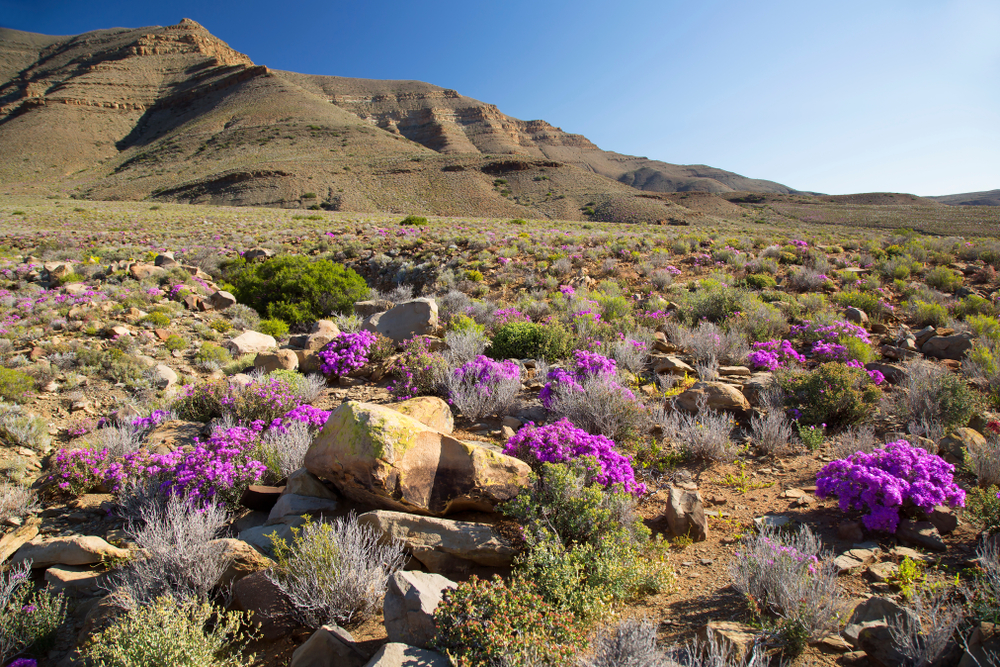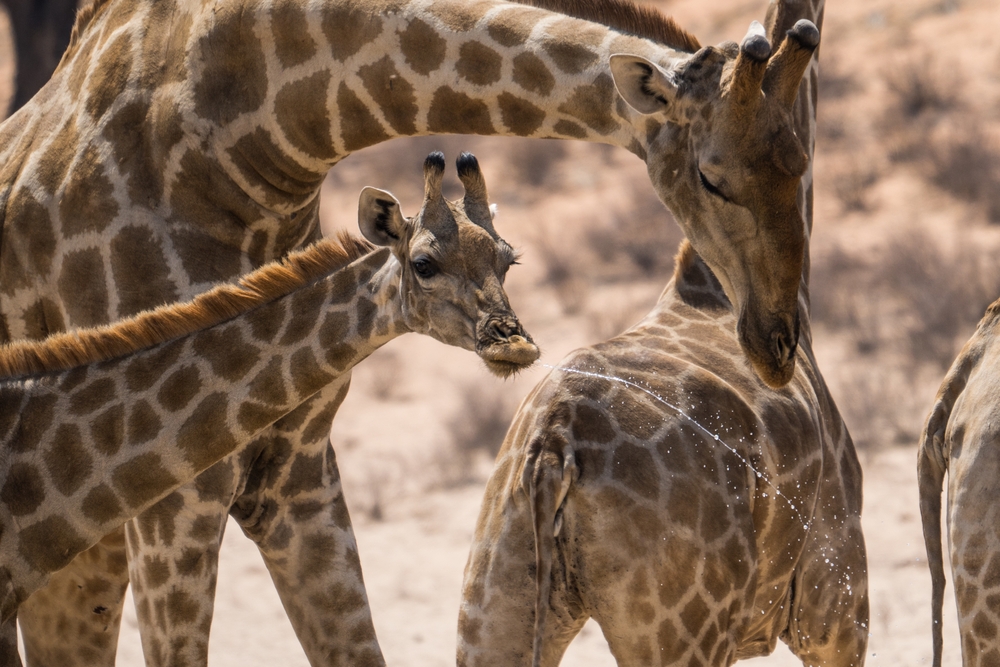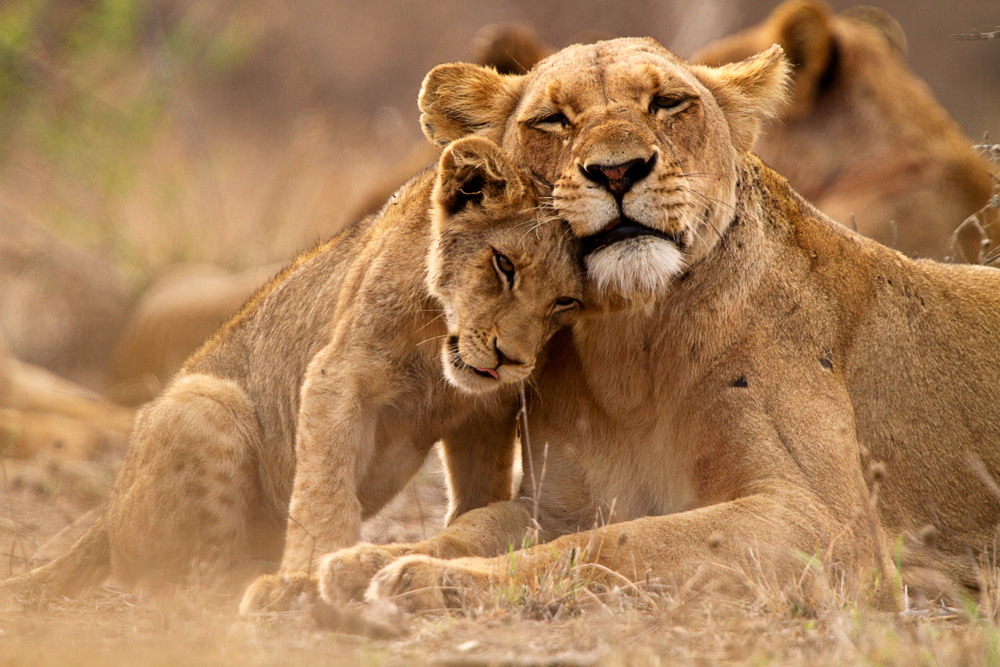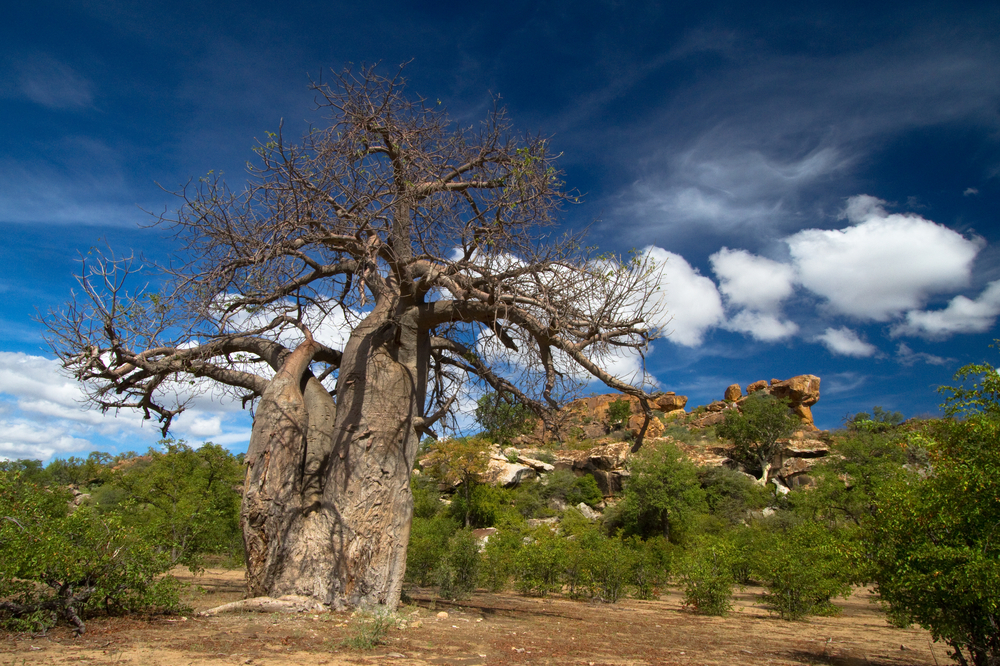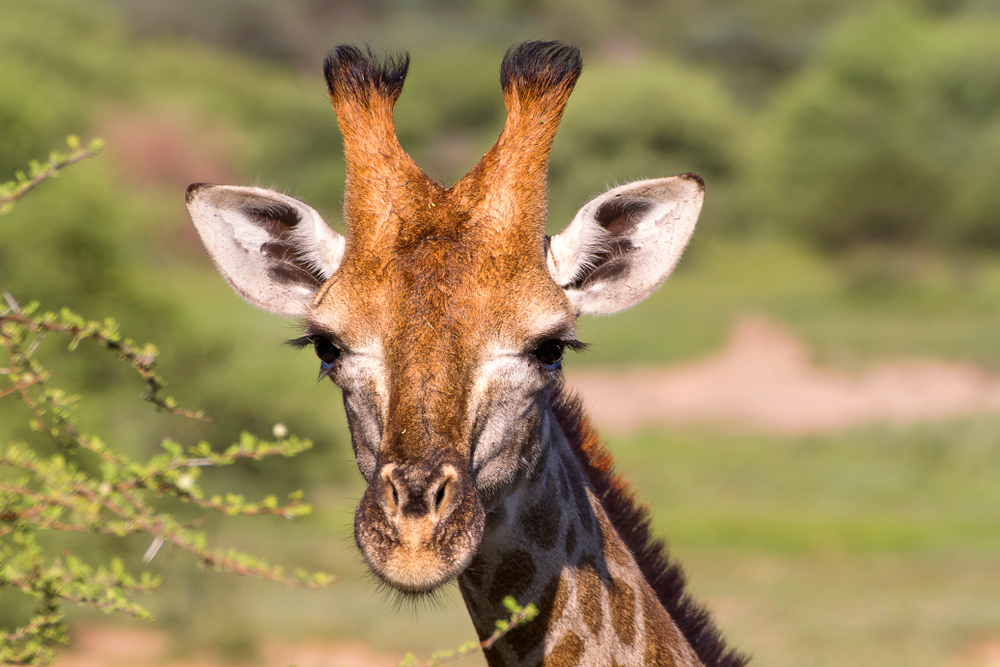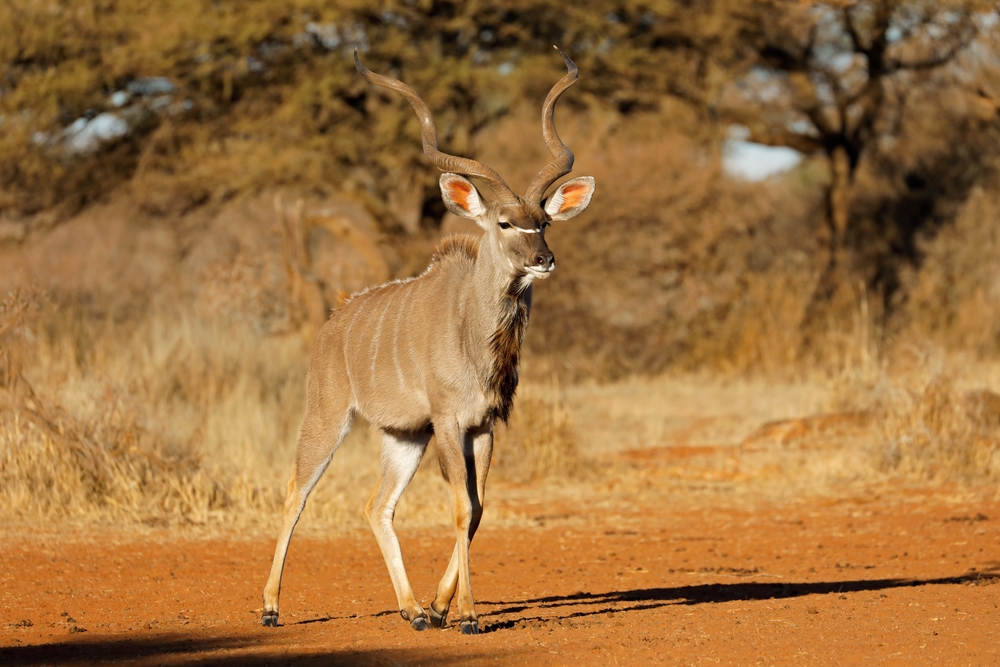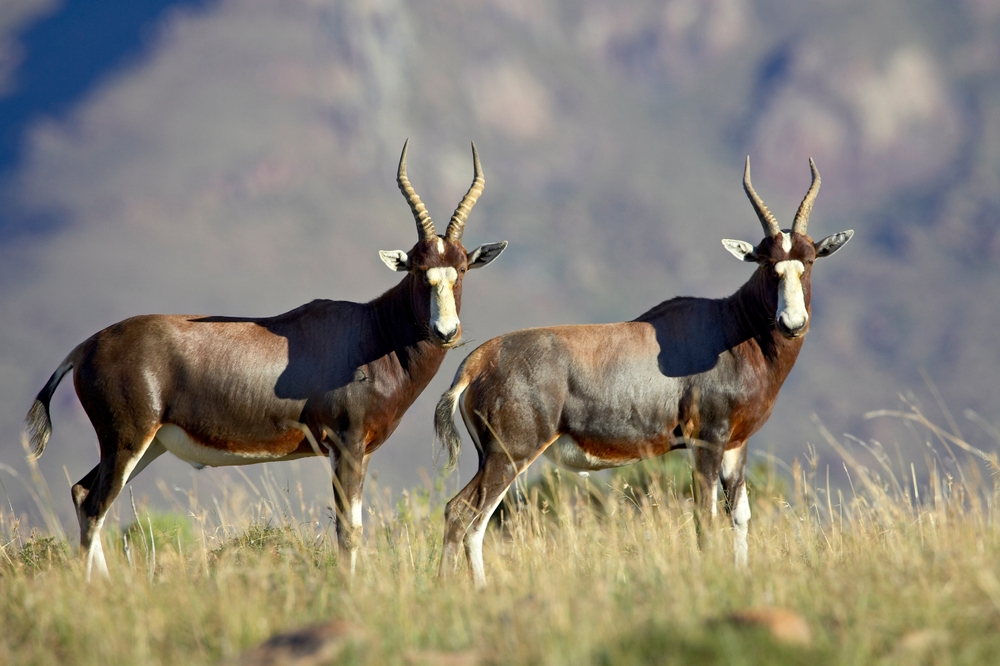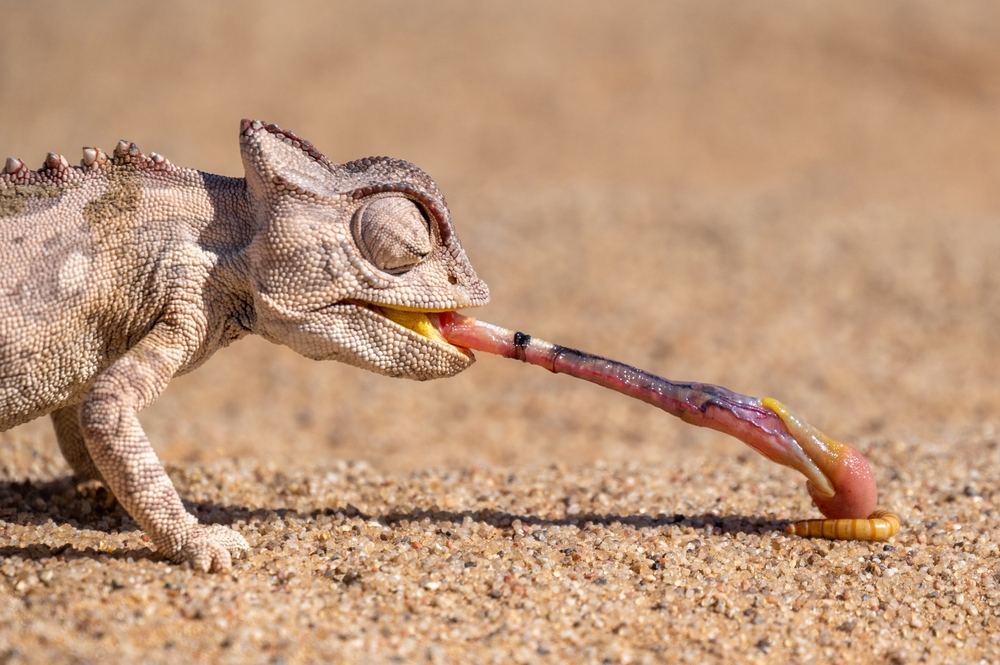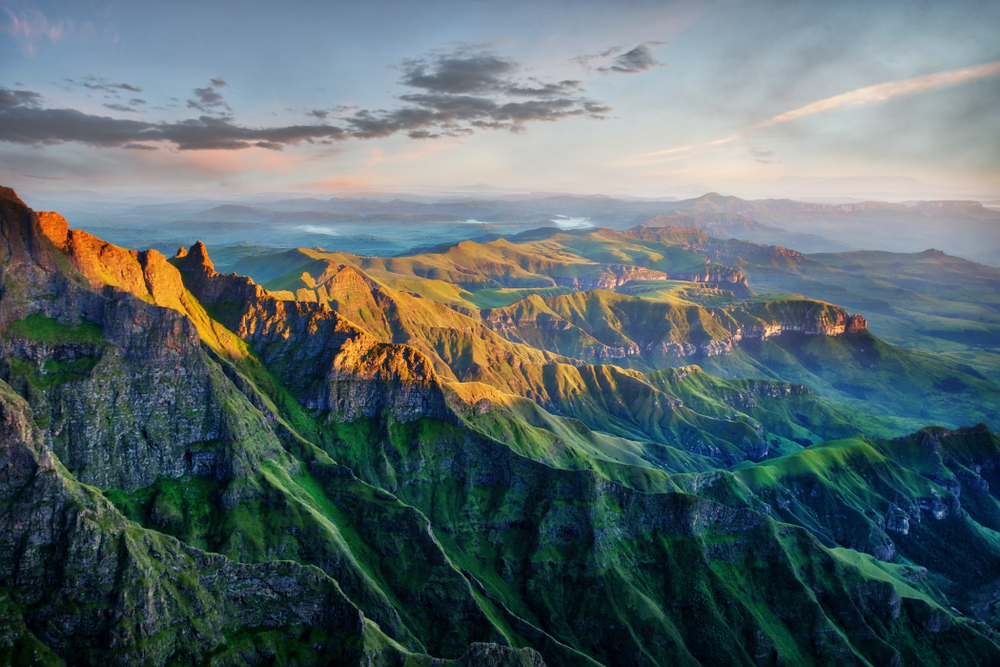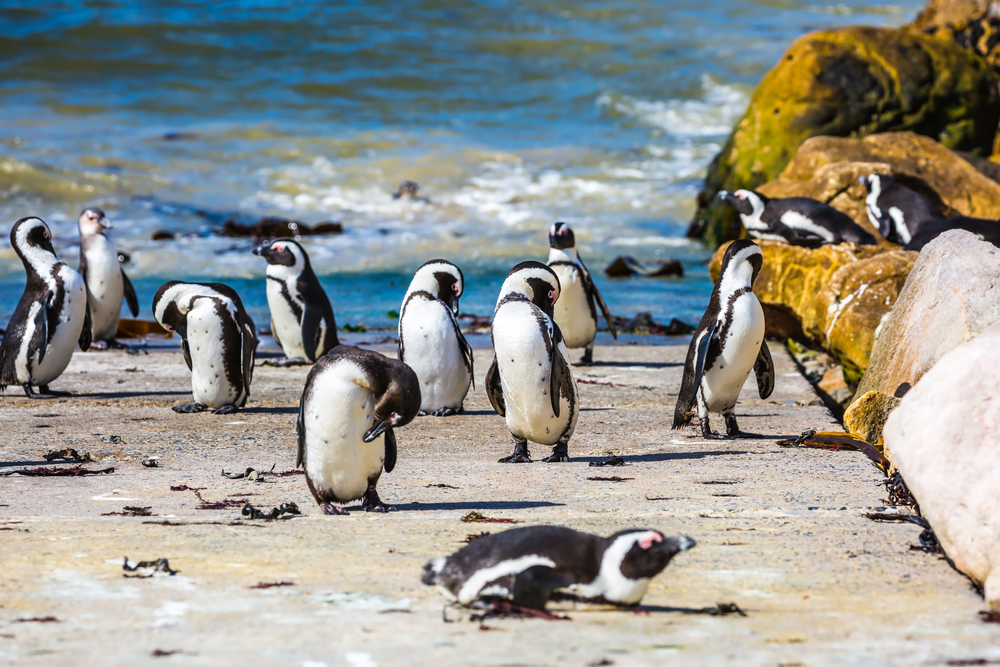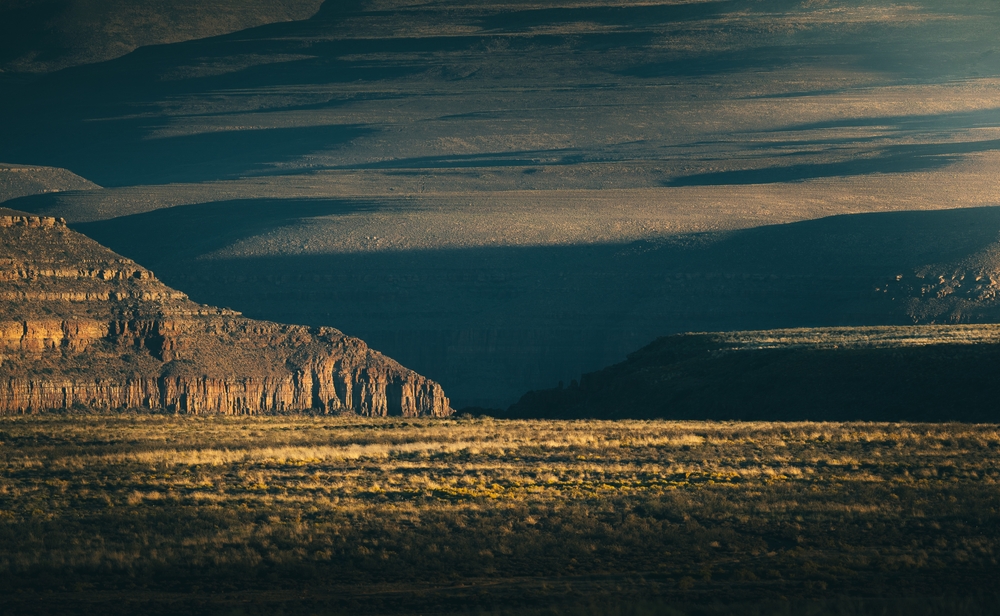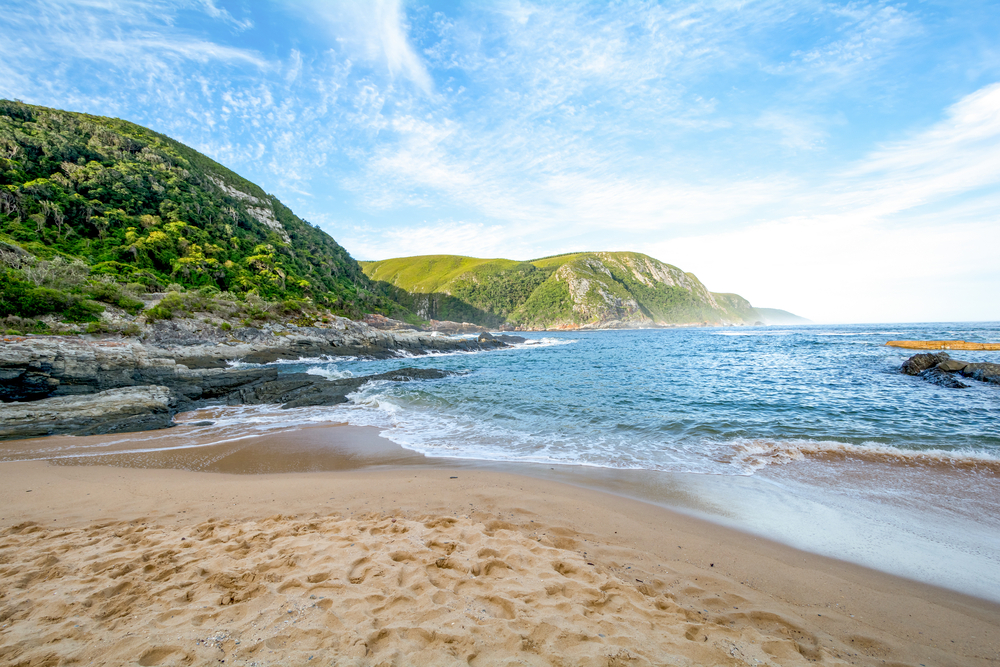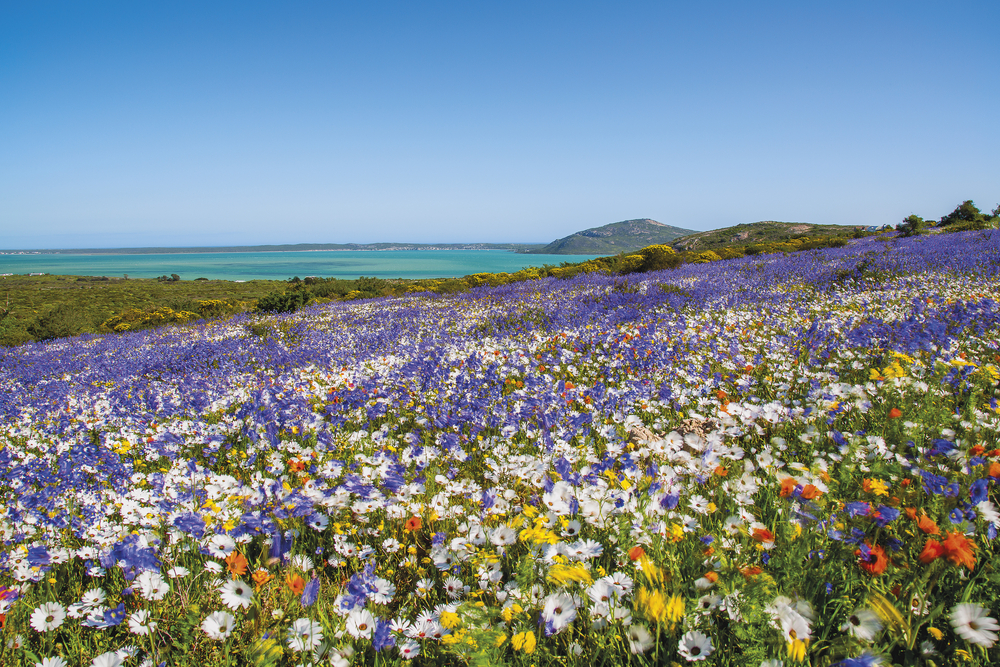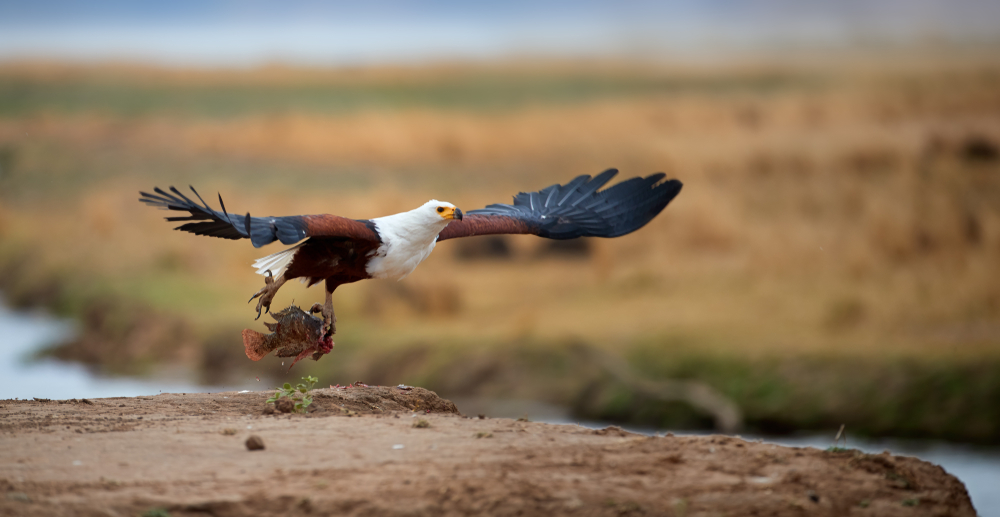South Africa is home to a diverse range of national parks that showcase the country’s extraordinary natural beauty, cultural heritage, and wildlife. These parks, managed by South African National Parks (SANParks), encompass varied landscapes, from arid deserts and dramatic mountains to lush forests and vibrant coastlines. Together, they form an essential network of conservation areas that protect South Africa’s biodiversity and provide visitors with unforgettable experiences.
One of the most renowned parks is Kruger National Park, a global icon for wildlife safaris. Located in the northeastern part of the country, Kruger spans nearly 19,500 square kilometers and is home to the Big Five—lion, leopard, elephant, buffalo, and rhinoceros. In addition to its iconic wildlife, Kruger boasts over 500 bird species, diverse ecosystems, and archaeological sites that provide insights into the region’s ancient human history. Visitors can enjoy game drives, guided bush walks, and luxury lodge experiences within this world-famous park.
Table Mountain National Park in the Western Cape is another highlight, encompassing the iconic Table Mountain and the Cape of Good Hope. This park is a biodiversity hotspot, featuring the unique Cape Floral Kingdom with its endemic fynbos vegetation. Visitors can hike, enjoy panoramic views of Cape Town, or explore Boulders Beach, home to a colony of African penguins. The park’s proximity to the city makes it a popular destination for both locals and international travelers.
In the Northern Cape, Kgalagadi Transfrontier Park offers a distinct wilderness experience. This arid park, shared with Botswana, is known for its red sand dunes, sparse vegetation, and impressive predator populations, including black-maned lions and cheetahs. Birdwatchers can marvel at raptors such as martial eagles and bateleurs. The park’s remote location and rugged terrain appeal to adventurers seeking solitude and raw natural beauty.
Each of South Africa’s national parks faces unique challenges, such as habitat loss, poaching, and climate change. Conservation efforts by SANParks focus on sustainable management, community engagement, and the protection of endangered species. These parks also contribute significantly to South Africa’s eco-tourism, offering visitors a chance to connect with nature and support conservation.
South Africa’s national parks represent the country’s incredible ecological and cultural diversity. From the open savannas of Kruger to the striking cliffs of Table Mountain and the arid beauty of Kgalagadi, these protected areas offer unparalleled opportunities to explore and appreciate the natural world. They are a testament to the importance of conservation and remain vital to preserving the country’s heritage for future generations.










































































